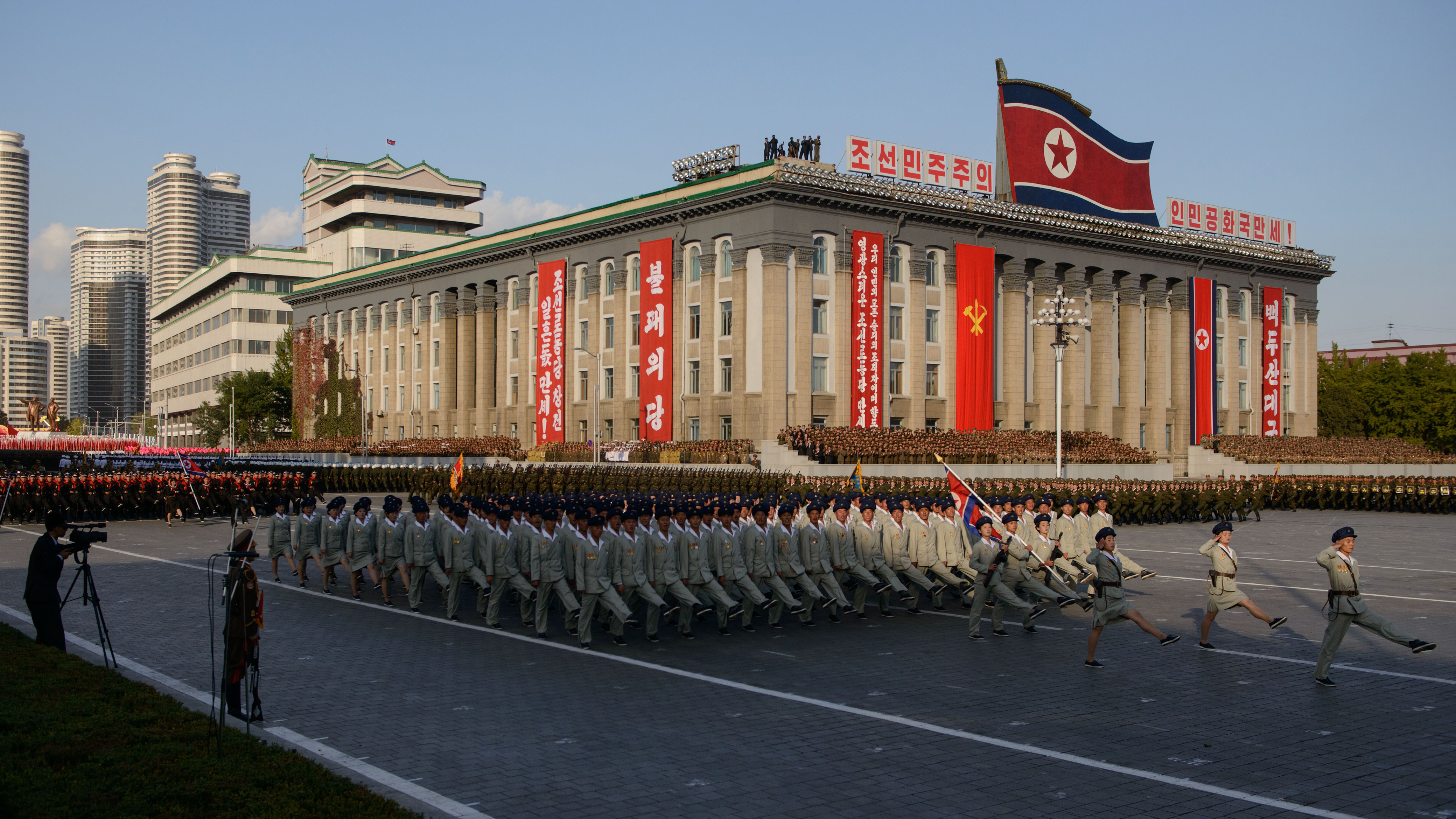aval maneuvers, joint air drills, and amphibious landing simulations. Analysts view many of these activities as signaling operations rather than indicators of imminent action. However, they also reflect China’s broader ambition to modernize its military capabilities.
Additional developments—such as Chinese naval exercises near Australia and increased activity in the South China Sea—illustrate the wider geographic scope of Beijing’s strategic posture. Meanwhile, China’s growing nuclear arsenal has drawn attention from defense analysts, who continue to evaluate how shifts in nuclear balances may affect global stability.
Despite concerns, many experts caution against assuming a fixed timeline for conflict. Predictions about specific invasion years often rely on symbolic milestones rather than clear evidence. What remains certain is that the region will continue to require careful diplomacy, crisis management, and open communication to prevent miscalculation.
North Korea: Advancing Capabilities Amid Diplomatic Stalemate

North Korea continues to expand its missile and nuclear programs. Over the past several years, the country has tested a range of weapons, including long-range ballistic missiles and new naval systems. State media has also highlighted the development of military platforms capable of launching nuclear-capable missiles from the sea.
Diplomatic efforts aimed at reducing tensions have stalled, with little progress since earlier negotiation attempts. North Korea has strengthened ties with Russia, and reports indicate various forms of cooperation between the two countries. Analysts note that such relationships could shape regional dynamics in uncertain ways, depending on political developments.
Along the Korean Peninsula, military postures remain tense. Occasional incidents along the demilitarized zone—including warning shots or minor crossings—illustrate the fragility of stability. While these events do not necessarily indicate an impending conflict, they underscore the importance of communication channels between Seoul, Pyongyang, and allied governments.
Some scholars emphasize that North Korea’s strategic decisions are likely influenced by its broader geopolitical environment, including its relationships with China and Russia. This interconnectedness means that regional tensions can ripple outward, affecting calculations in neighboring states.
A World of Multiple Flashpoints, Not an Inevitable Global War
Although several regions experience elevated tension, experts widely agree that a global conflict similar to the world wars of the 20th century remains unlikely. Modern states are deeply interconnected economically and politically, giving governments strong incentives to avoid large-scale war. International organizations, defense treaties, and diplomatic institutions continue to serve as stabilizing forces.
However, the risk of miscalculation remains a recurring concern. Complex military technologies, cyber capabilities, and rapid escalation cycles can create dangerous situations even without deliberate intent. This is why analysts consistently stress the need for dialogue, risk-reduction mechanisms, and transparent communication between major powers.
The world today faces a series of overlapping pressures: geopolitical rivalry, economic competition, evolving military technology, and regional disputes rooted in decades of political history. While none of these factors guarantee conflict, they require sustained attention and cooperation to manage effectively.
Global security depends not only on military strength but also on diplomacy, crisis management, and the collective will to prevent small incidents from becoming larger confrontations. The future remains uncertain, but careful statecraft and international engagement remain essential tools for maintaining peace.



